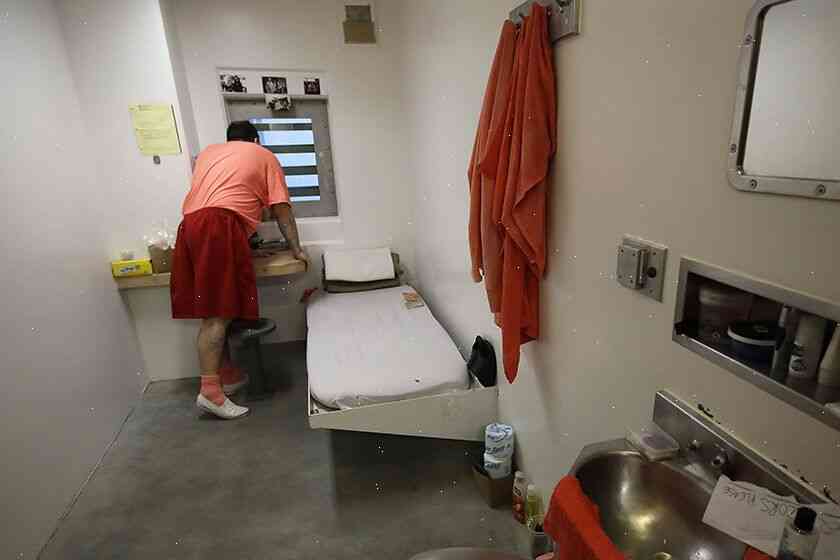Op-Ed: Here in San Quentin, I see why solitary confinement must end
Inmates are getting smarter, and they are better at figuring out ways to escape. Maybe this was the goal all along: make the system obsolete by making it more dangerous to use. —Dennis Besharov, San Quentin State Prison
SAN FRANCISCO — When he was in his 30s, Dennis Besharov had come to San Quentin State Prison with plans to be a writer. The “happiness theory” of criminology fascinated him. He had a new theory to test.
He spent much of his time alone in a small cell, thinking, for the first time in his life.
Today, Besharov is 69 and a retired prison administrator who is now a high school teacher in San Francisco. When he and his wife, Diane, first met the young officer who was assigned to them to help find more books and supplies for their three-year-old son, John, in 1973, it did not take long for Besharov to decide he wanted to write about such things as solitary confinement.
“The reason I did not want to do this and was against what we were doing was because there was a lot of potential for harm to the prisoner and a lot of potential for damage to the institution and a lot of potential for bad press,” he said.
“The more I knew, the more I saw and the more I heard, the more I understood why this was happening — why we had to start looking into it and how it was happening.”
Even so, Besharov took steps that many other inmates have made in recent years to try to improve their confinement. Some started small. Some were inspired by recent improvements in law enforcement. And a few, like Besharov, began to think about the system as a whole to figure out what could be done.
“By now,” he said, “we are seeing the end of solitary.”
Besharov has worked at San Quentin for more than 30 years, first heading the prison library, and then becoming its first director of its Department of Correction. He now spends much of his time teaching high school students about prison

